
Anjali Katta is a student at Harvard Law School.
From working in fields during wildfires to working in factories without air conditioning in summer heat, many workers are all too familiar with the harsh realities of the climate crisis. Many responses to the climate crisis, like the Green New Deal, recognize that marginalized people are the most affected and any solution must uplift both people and the planet. While many unions have taken important steps in the right direction, we are yet to see broad, coordinated, actions from the labor movement to address this crisis. With emissions rising faster than ever, corporations scaling back their climate commitments, and federal agencies meant to protect workers and the environment now hostile to these very interests, unions must act with greater urgency. This post will be part of a series exploring how unions are addressing the climate crisis and the obstacles they face. This post focuses on the first question—what are unions currently doing to address climate change?
To answer, I reviewed publicly available information on the largest unions in the U.S and the findings were compiled into a table available here. A note on terminology: I refer to actions addressing the effects of climate change as ‘adaptation actions,’ while actions aimed at combating the broader impacts of climate change are labeled ‘mitigation actions.’
Overview of Actions
Every union researched had some form of climate or Environmental Justice (EJ) action. Most of these actions occurred outside of formal labor relations and were evenly split between external advocacy and internal campaigns, as well as between adaptation and mitigation efforts. Additionally, many unions participated in coalitions, whether issue-based or general membership-based.
Resolutions
Most unions passed a public resolution on climate change or EJ. Unions use resolutions to define their stance on an issue, educate members, and begin integrating policy considerations into action and advocacy. Some resolutions had concrete actions, like SEIU’s resolution that established an international climate and EJ committee. Others passed statements with no specific actions, such as AFSCME’s 2024 resolution, which reaffirmed the union’s commitment to climate advocacy and encouraged affiliates to form EJ committees. Additionally, the level of specificity in these resolutions varied widely—while some unions pushed for concrete GHG reductions, others offered generalized statements of support.
Legislative Advocacy
Unions consistently advocated for mitigation and adaptation legislation and often did so while working in coalitions. While internationals typically supported federal policies, such as OSHA’s new heat standard rule, most union involvement in the legislative process happened at State and local levels. Notable examples include SEIU’s endorsement of New York’s Build Public Renewables Act and IBEW’s support for Illinois’ Clean Energy Jobs Bill. Critically, union-led coalitions have successfully advocated for worker-centered climate policy such as commitments to build more renewables with improved labor standards.
Divestment
Unions also pushed for fossil fuel divestment of their pension funds. These efforts typically targeted large state or city public pension funds, as workers and unions in the private sector have limited influence over how their pensions are invested. Some internationals offered informational resources to help their locals pursue divestment, and some locals joined broader coalitions advocating for this cause. For example, SEIU participated in the campaign to divest San Francisco’s pension fund from fossil fuels, and AFT joined the DivestNY Coalition for the same goal. The success of these campaigns has varied, with some achieving divestment, while others secured disclosure requirements or municipal resolutions urging divestment.
Variation In Union Actions
Actions also varied depending on the relationship between a Union’s industry and climate goals. Public schools don’t directly contribute significant GHG emissions, which allows teachers’ unions more flexibility to advocate for mitigation without alienating their members. In contrast, unions in energy-intensive and high-emitting industries often take different approaches. The United Steel Workers (USW) for example, has strongly supported adaptation actions, such as heat standards, and more softly advocated for mitigation measures like nuclear energy and carbon capture and storage (CCS) technologies. The USW’s support for mitigation technologies aligns with their interests, as these technologies could allow industries of workers they represent to continue operating while reducing emissions. However, these technologies are heavily criticized by climate activists due to their high costs, impracticality, and conflicts with other EJ concerns.
Actions through Formal Labor Relations
As described so far, most climate actions take place outside of formal labor relations, largely due to legal constraints that limit what unions can negotiate. However, some unions have still pursued climate actions through formal labor relations. These actions can be categorized into three areas: organizing workers in climate/energy-related (‘green’) industries, bargaining for climate mitigation, and bargaining for climate adaptation.
Organizing green Industries
A key challenge in the energy transition is the low unionization rates within renewable sectors—around 4% in solar and 6% in wind—and the fact that renewables require fewer workers compared to their fossil fuel counterparts. Organizing and partnering with ‘green’ industry has become a crucial battleground to ensure workers are not left behind. For example, UAW is working to organize non-union electric vehicle companies like Tesla, while IBEW has launched a campaign focused on upskilling clean energy workers.
There have been significant successes when it comes to formal labor victories for workers in ‘green’ industries. In 2023, UAW struck a deal with GM, Ford, and Chrysler to include EV battery-manufacturing workers under the union’s contract—a landmark achievement for auto industry workers. Additionally, UAW now represents workers at renewable energy companies, such as EmPower Solar. USW has partnered with US Wind, a wind energy company, to convert part of a steel mill into an offshore wind facility, with a commitment to hire and train local workers. USW also reached an agreement with Convalt Energy to protect workers from “pressure or intimidation during unionization efforts.” Lastly, the AFL-CIO facilitated a Project Labor Agreement between, Danish wind-turbine manufacturer, Ørsted and the National Building and Construction Trades Union. Broader union-led coalitions have also been able to guarantee high-road labor standards through project labor agreements for state level renewable energy policies.
Adaptation & Mitigation Actions
There are several noteworthy union adaptation and mitigation actions taken through formal labor relations. SEIU Local 26 arguably held the first-ever strike with concrete climate justice demands, successfully securing some demands (see table for specifics). Another SEIU local, made up of hospital workers, organized around a building emissions reduction plan by combining both informal and formal labor strategies in their advocacy. Unions have also pushed for other climate provisions through contract negotiations, such as incentives for public transportation and green work environments, though these demands have been unsuccessful. Adaptation focused demands have found more luck— for example, Teamsters-represented UPS workers successfully bargained for air conditioning units across the entire UPS fleet.
Of these formal labor relations actions, organizing ‘green’ industries and bargaining for adaptation measures will likely be more successful as these actions fall within the ambit of hours, wages, and terms and conditions of employment—mandatory subjects of bargaining. Demands for mitigation, however, likely fall outside this scope. Demanding mitigation, or other social or political ones that go beyond mandatory subjects of bargaining, is often called ‘bargaining for the common good.’ The next post will explore the constraints and tensions unions face when using bargaining for the common good to address the climate crisis.
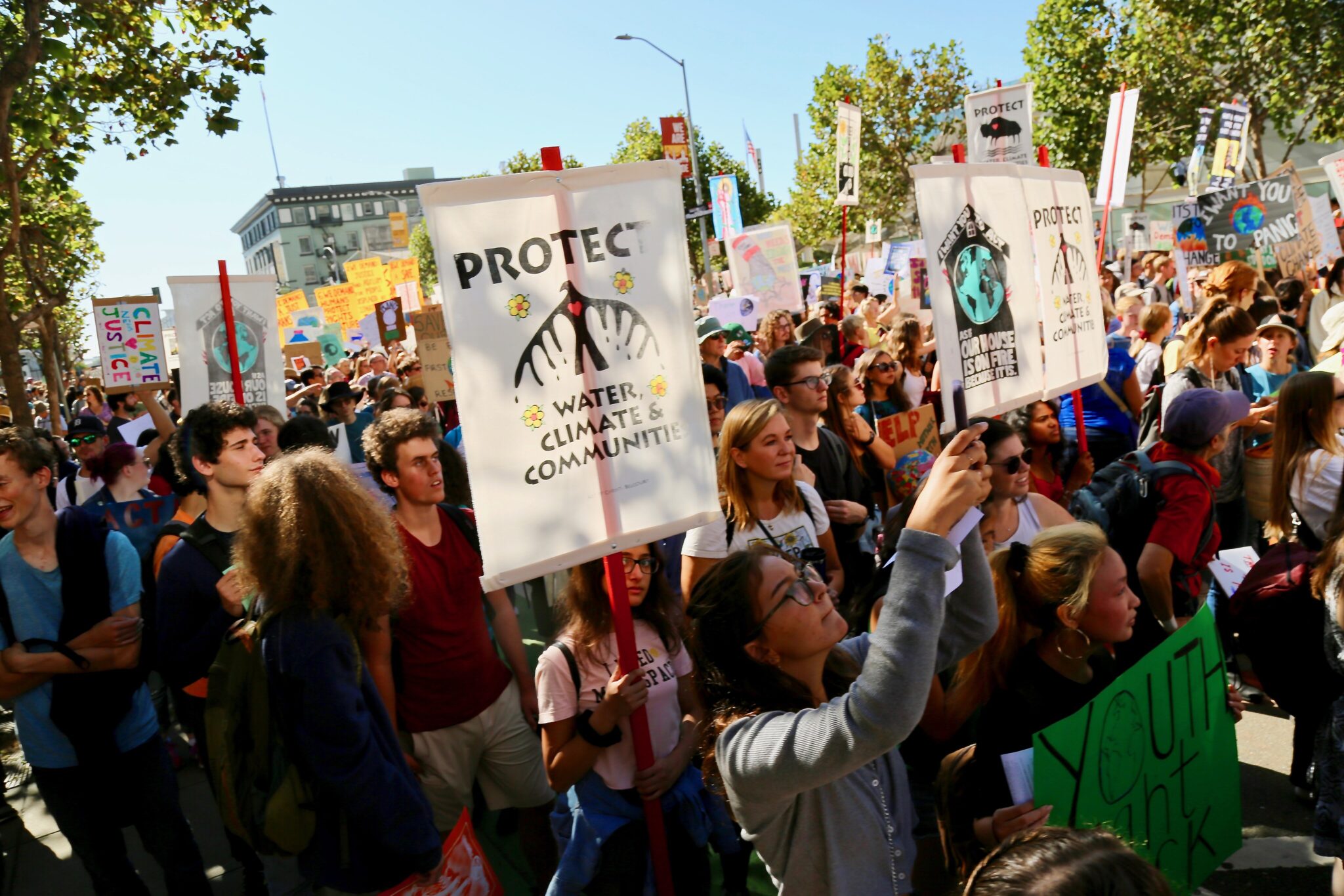

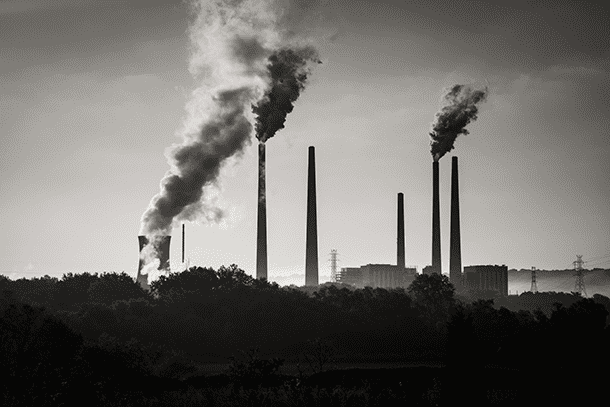


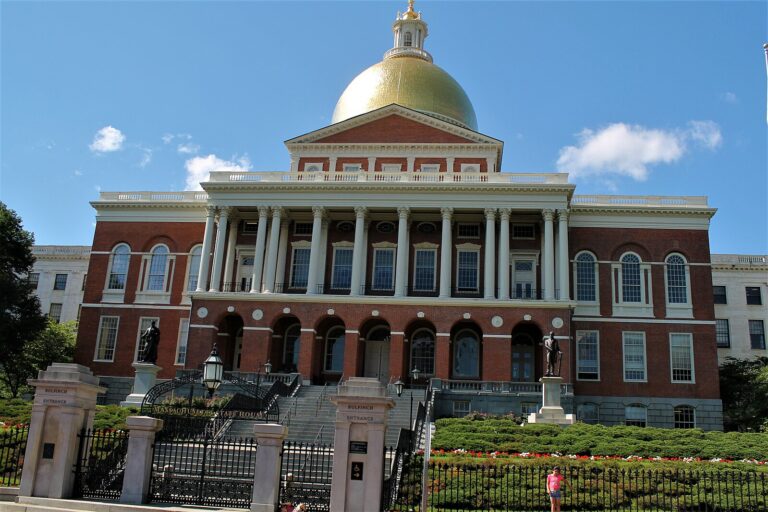
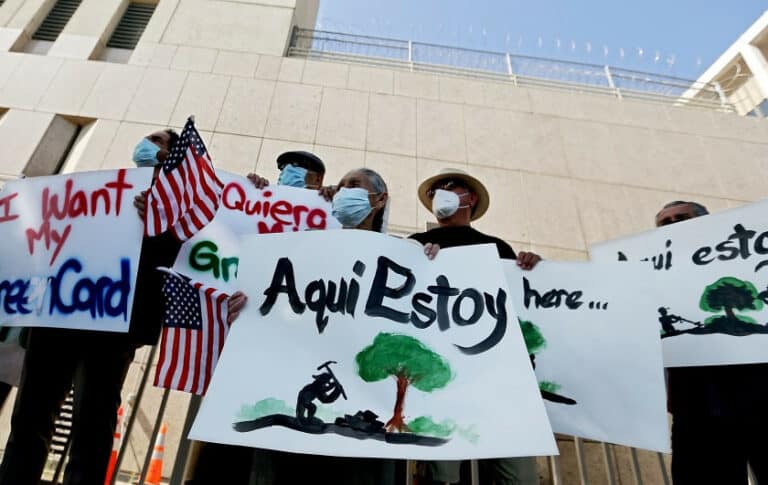
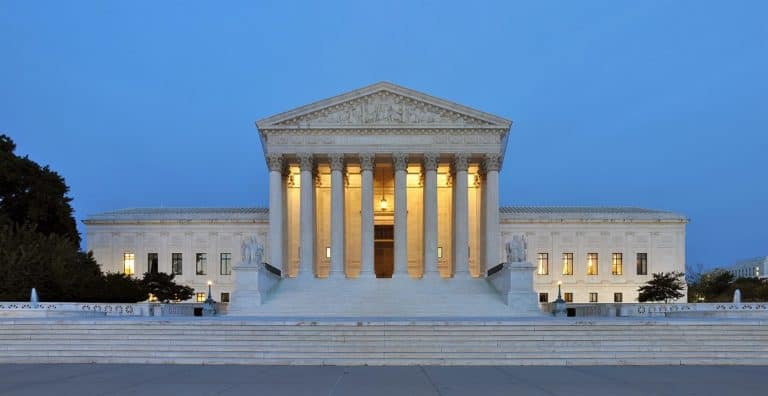


Daily News & Commentary
Start your day with our roundup of the latest labor developments. See all
July 9
In Today’s News and Commentary, the Supreme Court green-lights mass firings of federal workers, the Agricultural Secretary suggests Medicaid recipients can replace deported farm workers, and DHS ends Temporary Protected Status for Hondurans and Nicaraguans. In an 8-1 emergency docket decision released yesterday afternoon, the Supreme Court lifted an injunction by U.S. District Judge Susan […]
July 8
In today’s news and commentary, Apple wins at the Fifth Circuit against the NLRB, Florida enacts a noncompete-friendly law, and complications with the No Tax on Tips in the Big Beautiful Bill. Apple won an appeal overturning a National Labor Relations Board (NLRB) decision that the company violated labor law by coercively questioning an employee […]
July 7
LA economy deals with fallout from ICE raids; a new appeal challenges the NCAA antitrust settlement; and the EPA places dissenting employees on leave.
July 6
Municipal workers in Philadelphia continue to strike; Zohran Mamdani collects union endorsements; UFCW grocery workers in California and Colorado reach tentative agreements.
July 4
The DOL scraps a Biden-era proposed rule to end subminimum wages for disabled workers; millions will lose access to Medicaid and SNAP due to new proof of work requirements; and states step up in the noncompete policy space.
July 3
California compromises with unions on housing; 11th Circuit rules against transgender teacher; Harvard removes hundreds from grad student union.